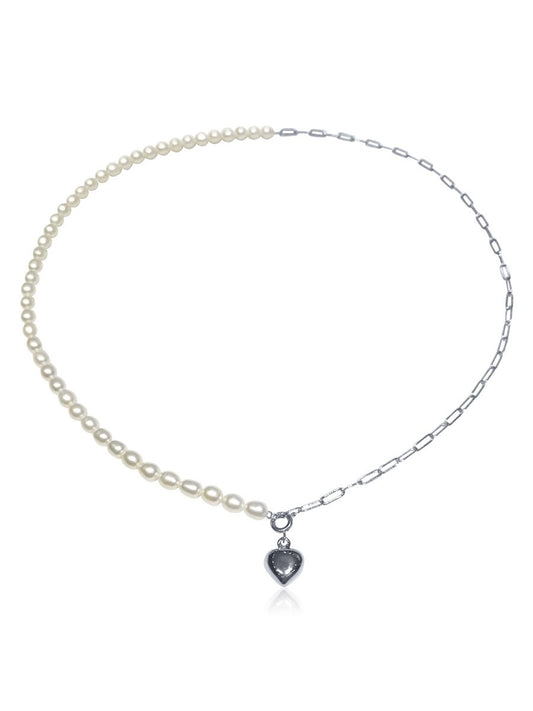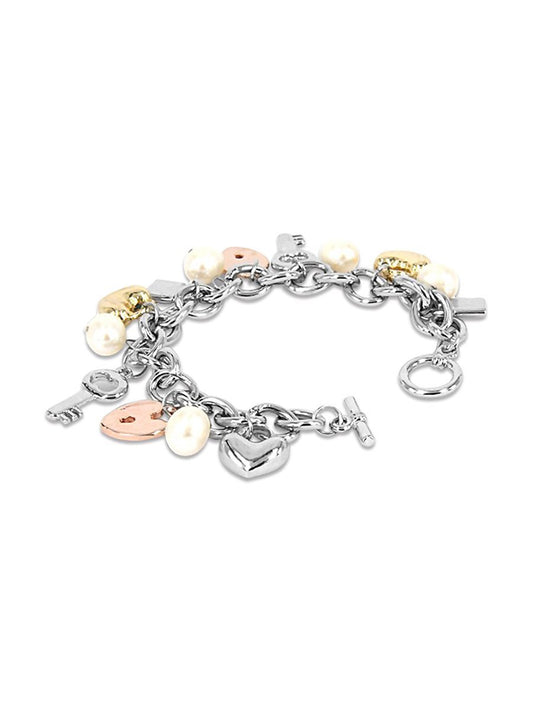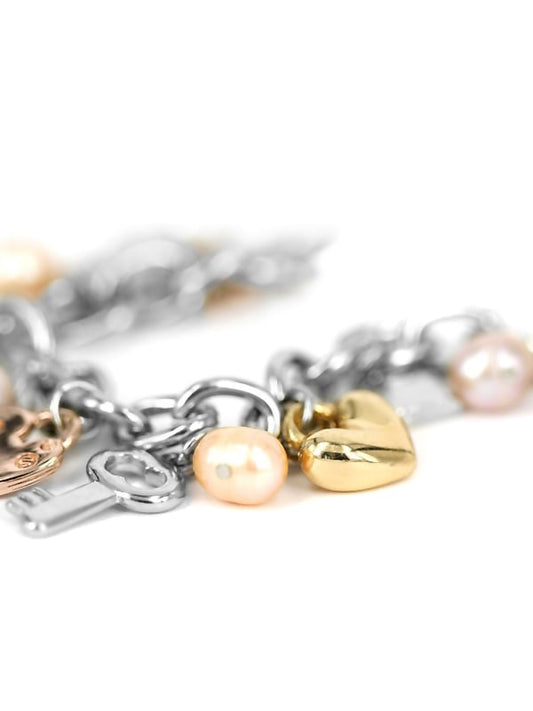Mother of Pearl, also known as nacre, is a remarkable organic substance found in the shells of mollusks. Revered for its iridescent beauty and versatility, Mother of Pearl has been utilized in various forms of art, jewelry, and decorative items for centuries. In this blog post, we will delve into the captivating world of Mother of Pearl, exploring its origin, composition, cultural significance, and its wide range of applications.
Origin and Composition of Mother of Pearl: Mother of Pearl is formed by mollusks, such as oysters, abalones, and freshwater mussels, as a protective inner lining of their shells. It is composed of layers of aragonite crystals, a type of calcium carbonate, interspersed with organic substances called conchiolin. These layers, arranged in a mosaic-like pattern, create the mesmerizing iridescence that sets Mother of Pearl apart.
The Captivating Iridescence of Mother of Pearl: The iridescence of Mother of Pearl is a result of light interacting with the layers of aragonite crystals. As light rays pass through the translucent layers, they reflect, refract, and diffract, creating a stunning play of colors. The unique optical effect of Mother of Pearl gives it an enchanting and ever-changing luster, ranging from soft pastels to vibrant hues.
Cultural Significance and Symbolism: Mother of Pearl has held great cultural and symbolic significance throughout history. In many cultures, it is regarded as a symbol of purity, femininity, and protection. Ancient civilizations associated Mother of Pearl with moon goddesses and the ocean, attributing it with mystical and spiritual properties. It has been used in religious ceremonies, talismans, and amulets for protection, luck, and wisdom.
Applications in Art, Jewelry, and Decorative Items: Mother of Pearl's versatility and captivating beauty have made it a sought-after material for various artistic and ornamental purposes. In jewelry, it is often used to create exquisite pendants, earrings, bracelets, and inlays. Its lustrous surface adds a touch of elegance and sophistication to any piece. Mother of Pearl is also highly valued in the production of buttons, knife handles, and musical instruments due to its durability and aesthetic appeal.
In the realm of art and décor, Mother of Pearl is employed in a myriad of ways. It is meticulously hand-carved to create intricate designs and patterns in furniture, decorative boxes and picture frames. The use of Mother of Pearl in mosaic art has been prominent in many cultures, adding a shimmering brilliance to architectural elements, like walls, ceilings, and columns.
Caring for Mother of Pearl to preserve the beauty and longevity of Mother of Pearl, proper care is essential. Avoid exposing it to harsh chemicals, perfumes, or excessive heat, as they can damage its delicate surface. Gently wipe Mother of Pearl with a soft, damp cloth to remove dirt or debris. Store it separately from other jewelry or objects to prevent scratches.
Mother of Pearl, with its enchanting iridescence and rich cultural history, remains a timeless treasure of the natural world. From its organic formation within mollusk shells to its applications in jewelry, art, and decorative items, Mother of Pearl continues to captivate and inspire. Its enduring beauty serves as a reminder of the remarkable artistry of nature. As we appreciate the elegance and versatility of Mother of Pearl, let us cherish this remarkable material and the stories it tells through its shimmering layers.









